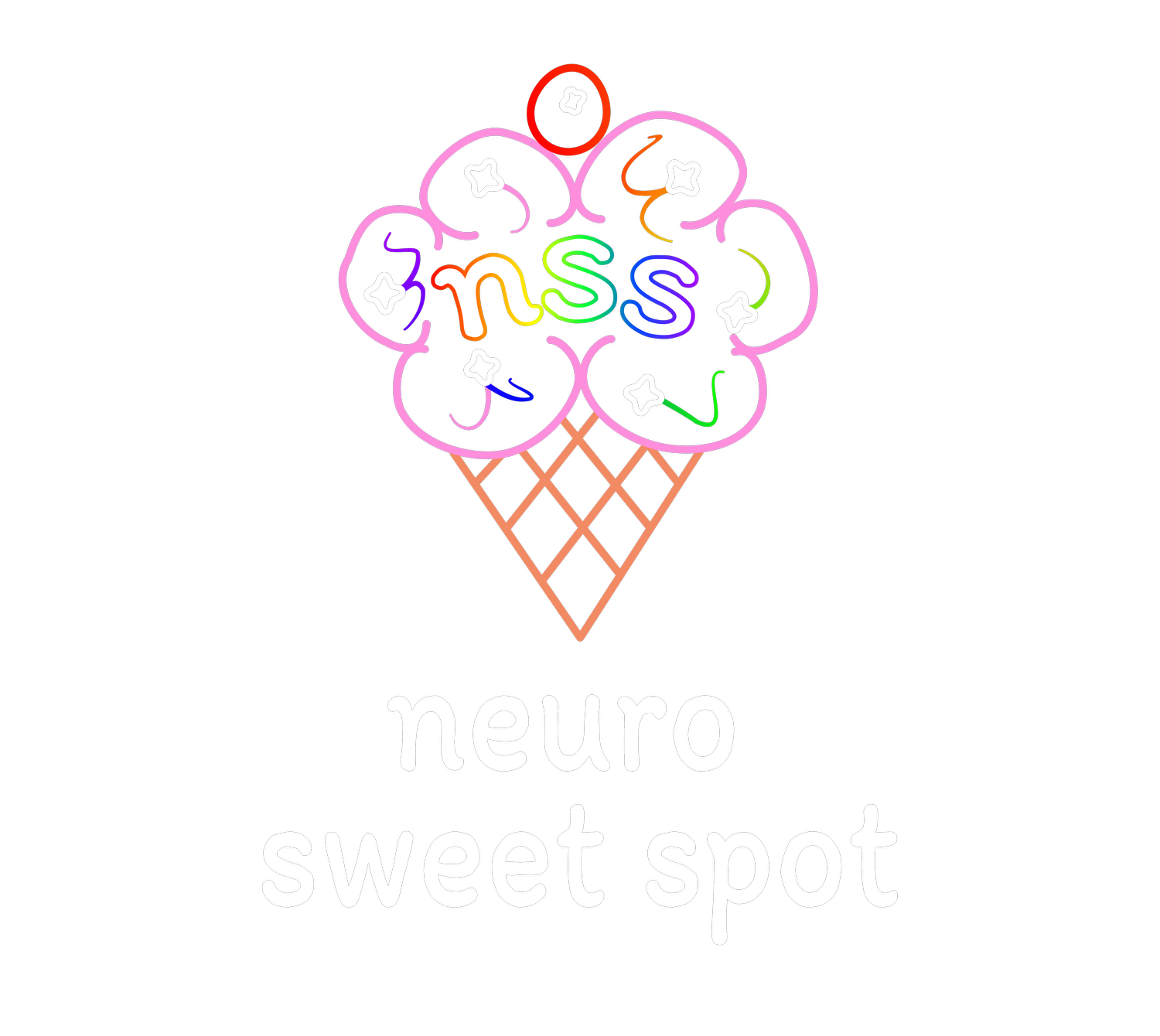
Education and Tangible Resources:
Dive Into Insights and Tips
Discover Your Brain. Discover You.
Clarity brings confidence as you find your Neuro Sweet Spot.
Anxiety and depression - the Rash of Mental Health; Real, But Not the Root Cause
(Why We Need to Look Beyond Symptoms to Find True Support)
A Rash Is Real—But What’s Causing It?
Imagine you have a rash on your skin. It’s real. It’s itchy. It’s uncomfortable.
You go to a doctor, and they give you a cream to help with the itch. Great, right? It helps for now—but the rash keeps coming back.
At this point, wouldn’t you want to know what’s causing it?
• Was it something you ate?
• A reaction to your laundry detergent?
• Something in the air?
Each of these would require a completely different approach to actually stop the rash from happening in the first place.
Now, let’s apply that same thinking to anxiety and depression.
Anxiety and Depression Are the Rash—Not the Root Cause
When someone experiences anxiety or depression, they often hear:
💊 “Here’s something to help.” (medication, therapy, self-care routines)
💡 “Just do things that make you feel better.” (exercise, mindfulness, socializing)
And while those can absolutely help, they’re the equivalent of rash cream—they manage the symptoms, but they don’t always address the root cause.
Instead of assuming, “I guess I just get a lot of rashes,” (or in this case, “I guess I just have anxiety and depression”)—
We need to ask:
🧐 Why are these symptoms appearing?
💡 What’s underneath them?
Finding the Cause: Internal vs. External Factors
Just like rashes can have different triggers, anxiety and depression can stem from a variety of sources:
🛑 External Factors (Environmental Triggers)
• Sensory overload
• Toxic work/home environments
• Lack of sleep or nutrition
• Social dynamics (masking, rejection, burnout)
• Unmet neurodivergent needs
🔄 Internal Factors (Biological & Emotional Responses)
• Nervous system dysregulation
• Unprocessed trauma or chronic stress
• Nutrient deficiencies, hormone imbalances
• Lack of movement or emotional expression
• Internalized ableism or self-judgment
🎭 Situational or Interaction-Based Triggers
• A recent social interaction that felt off
• Unexpected changes in routine
• A lack of control over a situation
• Overstimulation that drained too much energy
By identifying what’s actually fueling the anxiety or depression, we can create targeted support—instead of just managing the surface symptoms.
So, What’s the Solution?
Instead of only treating the “rash,” let’s figure out what’s causing it.
1. Track Patterns & Triggers
Keep note of:
🔹 When symptoms spike (time of day, specific situations)
🔹 Environmental factors (lighting, noise, people, expectations)
🔹 Physical state (sleep, food, hydration, movement)
2. Treat the Root Cause, Not Just the Symptom
If the issue is sensory overload, masking, or exhaustion—traditional anxiety/depression treatments may not be enough.
• Maybe you don’t need more socialization—you need better recovery time.
• Maybe you don’t need to “be more positive”—you need accommodations that fit your brain.
3. Adjust Your Environment & Supports
Once you understand your triggers, you can make meaningful changes:
✅ Switch to sensory-friendly clothing or lighting
✅ Adjust workspaces or routines to reduce stressors
✅ Explore food, sleep, or movement habits that support regulation
✅ Set boundaries around energy-draining interactions
Key Takeaways
✔️ Anxiety and depression are real—but they’re symptoms, not the full picture.
✔️ Managing symptoms (rash cream) is helpful, but it’s not a cure.
✔️ Understanding the root cause allows for better, personalized support.
✔️ Neurodivergent brains experience anxiety & depression differently—external factors, sensory overload, or unmet needs may be driving it.
✔️ Instead of assuming “this is just how I am,” look at what your brain is responding to.
The goal isn’t just to feel “less itchy”—it’s to stop the rash from happening in the first place.

